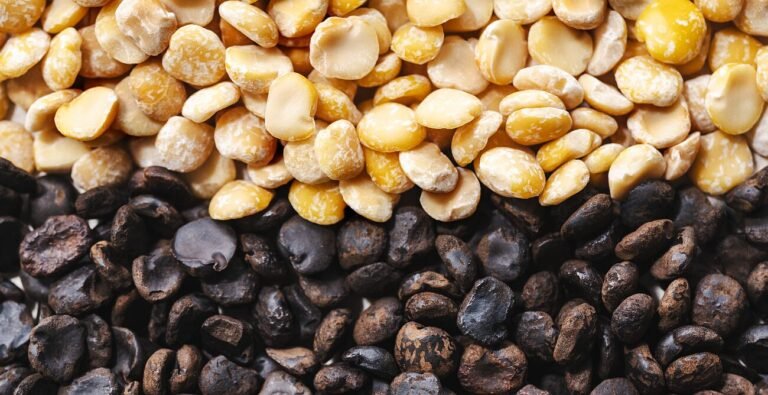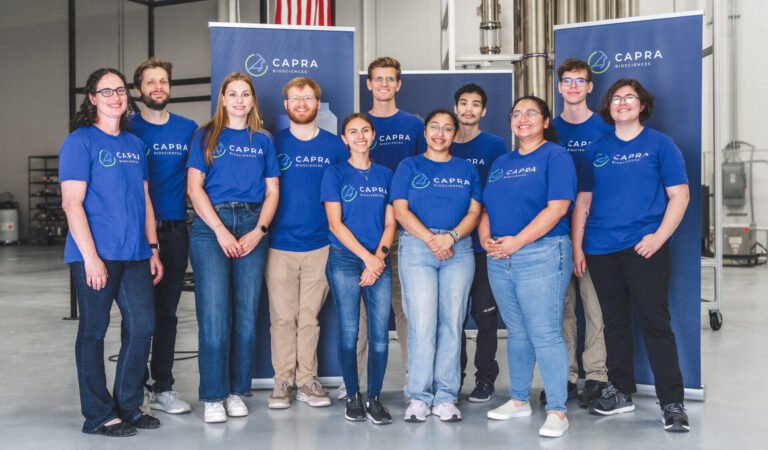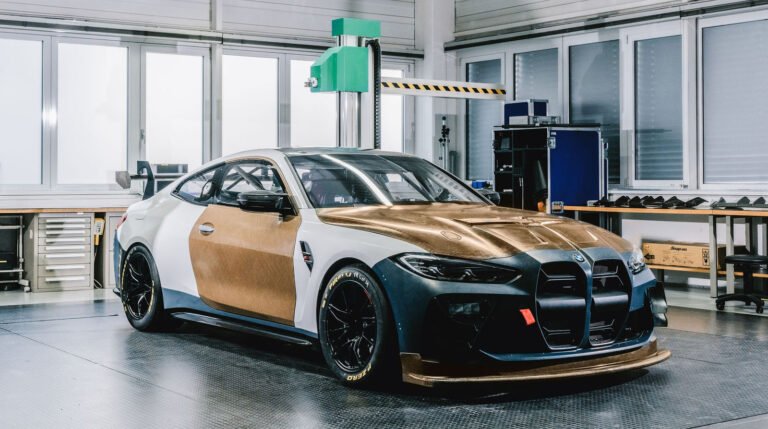
With some notable exceptions (think algal DHA), the microalgae field is littered with the corpses of startups that have tried—and failed—to make a buck out of these microscopic aquatic organisms. So what makes Arborea—which is currently building a commercial-scale plant in Portugal to make proteins, pigments, and other high-value ingredients from photosynthetic microalgae—different?
It’s a fair question, founder Julian Melchiorri tells AgFunderNews.
“When I started [10 years ago], I was very young and maybe naive, and I felt that microalgae was the solution to produce carbon neutral and negative chemicals and food for all humanity. But as an engineer, I didn’t want to repeat the mistakes of others. I knew what happened to Joule Biotechnologies, to Solazyme, to Synthetic Genomics [struggling algae biofuels startups that attempted to pivot with mixed results].
“The industry got so excited but all the focus was on the microorganisms, whereas we reinvented the way to grow them, because all the challenges are not in the microorganism but in the high capex and high cost of the upstream system and the cascade of deficits that happen in the downstream as a consequence of the upstream.
“Solving the upstream enables this industry. And that’s why we think we can be the enabler of a photosynthetic microbial revolution.”
Low-cost production system
Anglo-Portuguese startup Arborea grows photosynthetic microalgae using a patented process featuring gas permeable membranes made from recycled plastic that enable the microalgae to take in sunlight and atmospheric carbon dioxide (ie. without having to pressurize or concentrate it) and convert it into organic biomass, releasing oxygen in the process.
While microalgae grown in open ponds also use these inputs, they face contamination and consistency challenges that can make such systems unreliable, risky, and hard to scale, claims Melchiorri.
“It’s one of the major reasons why the spirulina industry has not expanded as it could have. The productivity is extremely low, and if the water has any contaminants, the spirulina will concentrate them. We have a closed system where we control every aspect of the process.”
If you then look at available closed indoor and outdoor photobioreactor systems, meanwhile, “They all have the same issues,” he claims. “They address problems with contamination and consistency, but they come with enormous capex and very large operational costs.”
Arborea’s technology can deliver “no contamination, incredibly good consistency, and can maintain the ideal culture and conditions with basically zero energy inputs,” he claims. “And the capex is 10 times lower than tubular photobioreactors.”
According to Melchiorri, who originally pitched his “biosolar leaf” tech as an air purification system, “It looks like a thermal solar panel, with tubes inside the panel, but it’s green, and it’s a modular system [which de-risks the scale up process].”
Species-agnostic system
A percentage of the algae is harvested daily via an automated system and diverted into the downstream processing system where Arborea crushes the cells and extracts protein and other ingredients using a water-based extraction system.
“With open ponds, because of the contamination issue, and really, as they’re not very controlled, they can grow just a few photosynthetic microorganisms,” claims Melchiorri. “Tubular photobioreactors can grow a few more, but with our technology, we can truly unlock the full potential of growing any of the 30,000+ photosynthetic microorganisms available in nature.
“We tried the most fragile ones and we were able to grow them where others were not. But for now we are focusing on Arthrospira platensis (spirulina), but we have our own special strain that in the downstream, we also have innovated further so we get a protein that has a nice clean taste and color, and is water soluble, which is rare for vegan protein.”
‘We can sequester CO2 at atmospheric pressure’
But how does Arborea’s photosynthetic process compare to sugar fermentation or gas fermentation as a protein production process?
According to Melchiorri, who has raised about €17 million ($20 million) to date from a mixture of grants and equity funding, both of these approaches have costly and “problematic” inputs. Sugar is costly and requires agricultural land, and the challenges around securing cost effective and green inputs for gas fermentation are well-documented.
“Our feedstocks are sunlight and atmospheric CO2; we are the first in the world that can sequester CO2 at atmospheric pressure.”

Water soluble, neutral-tasting spirulina protein
The new facility in Portugal should be operational in 2027, producing protein and blue pigments at “very competitive” prices, says Melchiorri.
According to global commercial director Dr Kaly Chatakondu, the protein is “water soluble, neutral in taste and color, and has foaming, gelling, and emulsifying properties and an excellent amino acid profile,” opening up multiple applications in human food and petfood.
“We’ve solved the problem of extracting the protein from spirulina to get both the functionality and the nutrition. We are also talking to large multinationals about extracting the natural blue color.
“And then, of course, spirulina is rich in bioactive vitamins and minerals and there’s a lot of talk at the moment about having minerals and vitamins in a form that the cells can take up.”
He adds: “We started the commercialization process early this year and we’ve already signed some JDA with large multinationals, and we’re in the process of signing more. They are basically development agreements that will turn to offtake agreements later this year.”
Further reading:
Brevel teams up with Israel’s leading beverage co to develop microalgae-fueled products
The post Large-scale microalgae plant powered by ‘biosolar leaf’ tech will be operational in 2027, says Arborea appeared first on AgFunderNews.





